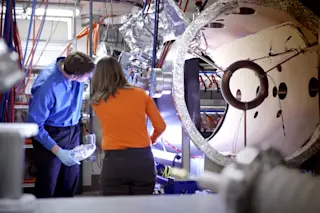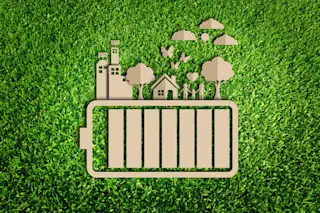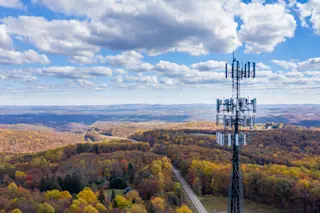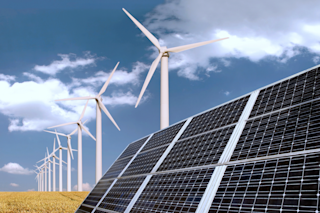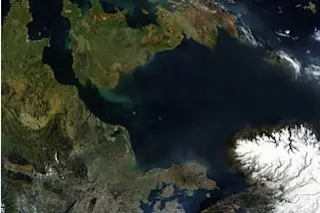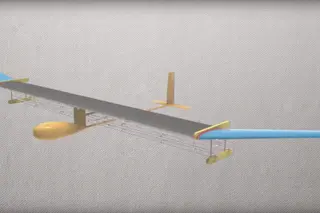Lockheed Martin engineers work on a version of the nuclear fusion reactor prototype. (Credit: Screenshot form YouTube)
Lockheed Martin Corp. on Wednesday said its engineers had made a breakthrough in the race to build a nuclear fusion reactor.
The company’s secretive research unit, Skunk Works, claims that within a decade
it’ll develop and deploy a nuclear fusion reactor that’s powerful enough to light over 80,000 homes, yet small enough to fit in the back of a truck. If the company succeeds, it would mark a major milestone in mankind’s pursuit of a viable nuclear fusion power source.
In case you haven’t heard, nuclear fusion is kind of a big deal. Rather than splitting atoms apart, like our current nuclear fission reactors, fusion melds two atoms into one releasing an enormous amount of energy. Fusion reactions are emission-less, sparing the planet nuclear waste from fission reactors, and the heavy carbon emissions ...


